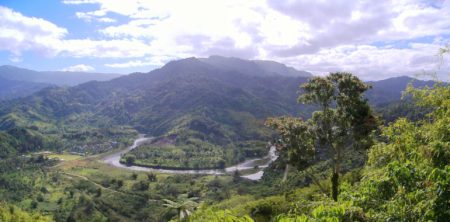Hot on the heels of the IRRI opportunity, here’s another genebank job. This is one is very different, running the mainly in vitro collections of the Pacific Community. Great people, great place, great job.

Agrobiodiversity is crops, livestock, foodways, microbes, pollinators, wild relatives …
Hot on the heels of the IRRI opportunity, here’s another genebank job. This is one is very different, running the mainly in vitro collections of the Pacific Community. Great people, great place, great job.

The week that the world’s greatest rice research resource is published also sees the opening of the position running the world’s greatest rice genebank. Coincidence?
LATER: A slightly amended description for the IRRI genebank job is out, and the deadline has been extended. You’re still in with a chance.
The program for the 1st International Conference of Wheat Landraces is out and it looks fab. There are about 95,000 wheat landraces recorded in Genesys.
Lots to play around with.
So much variation in #Durum Reference Collection.. how many PhDs will take to study it all? @ICARDA_CGIAR @WheatInitiative @CropWildRelativ pic.twitter.com/SUTCVFkwZJ
— Filippo Bassi (@fillobax) May 15, 2018
If you are involved in conserving wild or cultivated plant genetic resources in situ or if continued access to plant genetic diversity is important to you, please take 10–15 minutes to complete our survey.
That’s from Farmer’s Pride, a new EU-funded project coordinated by, ironically, the University of Birmingham.